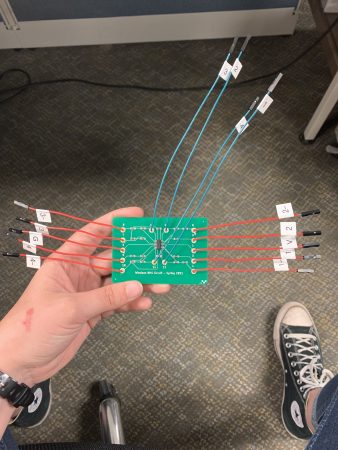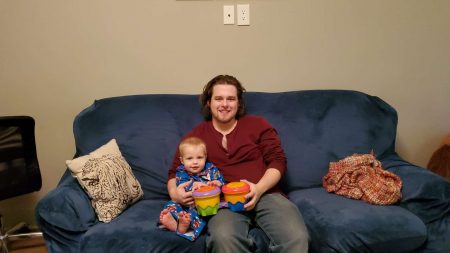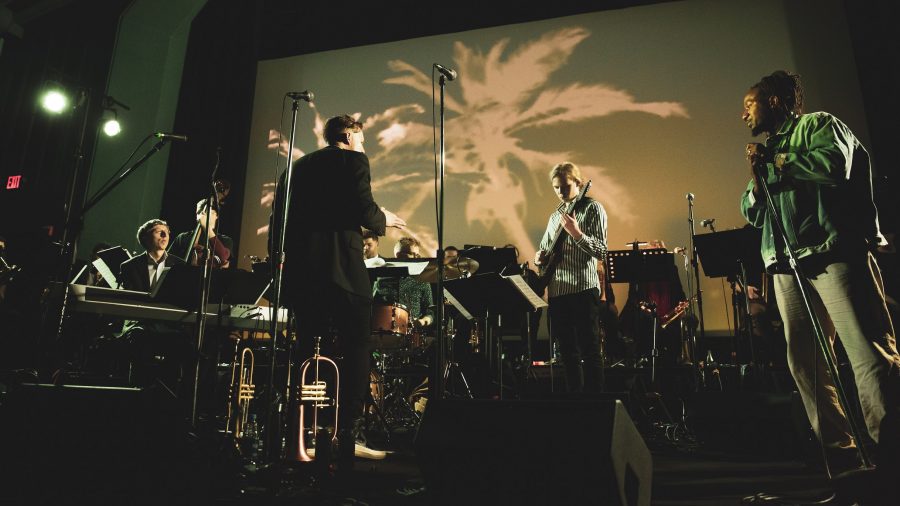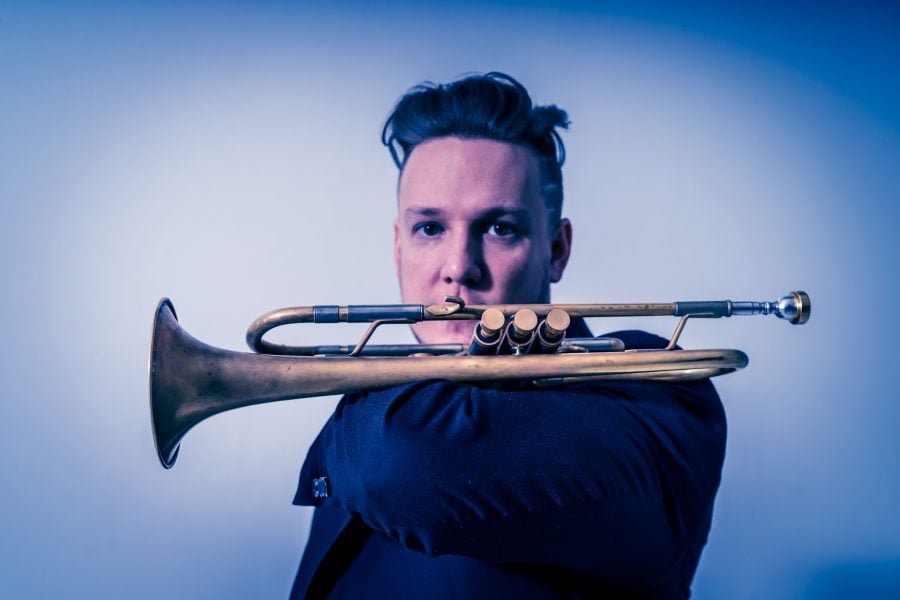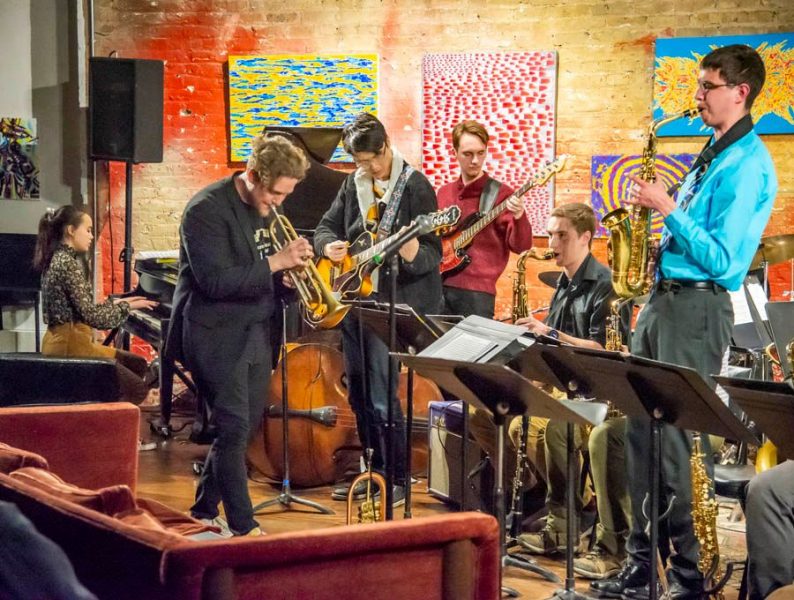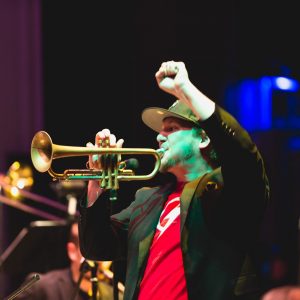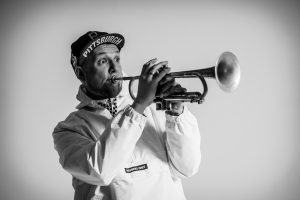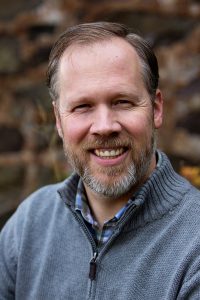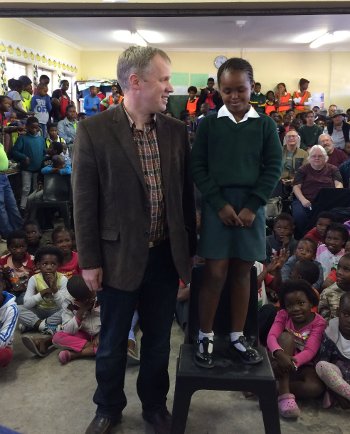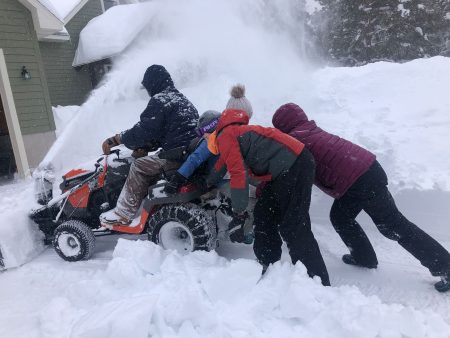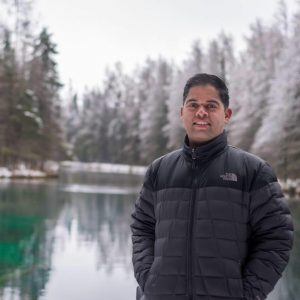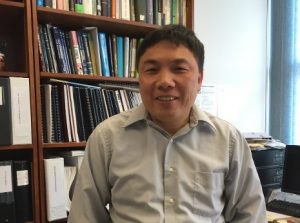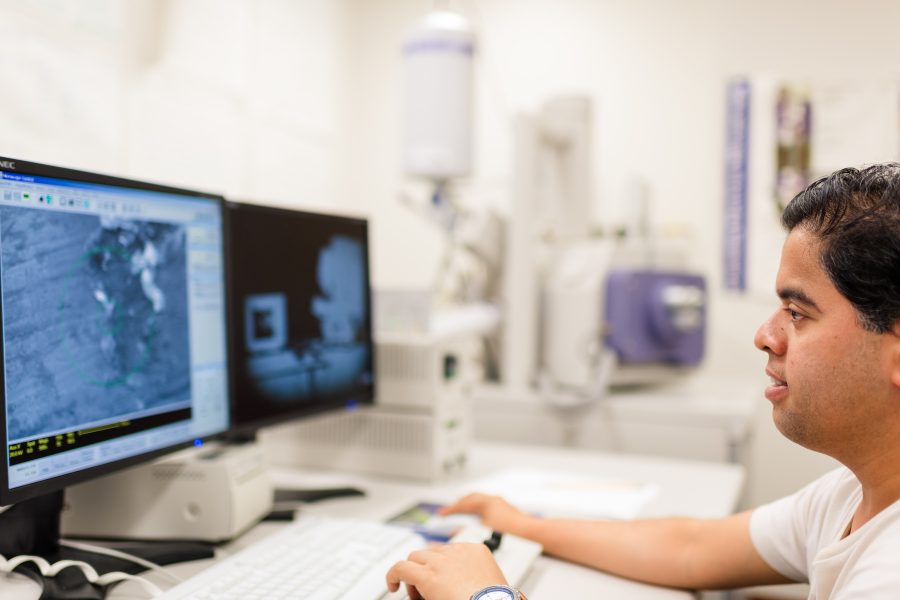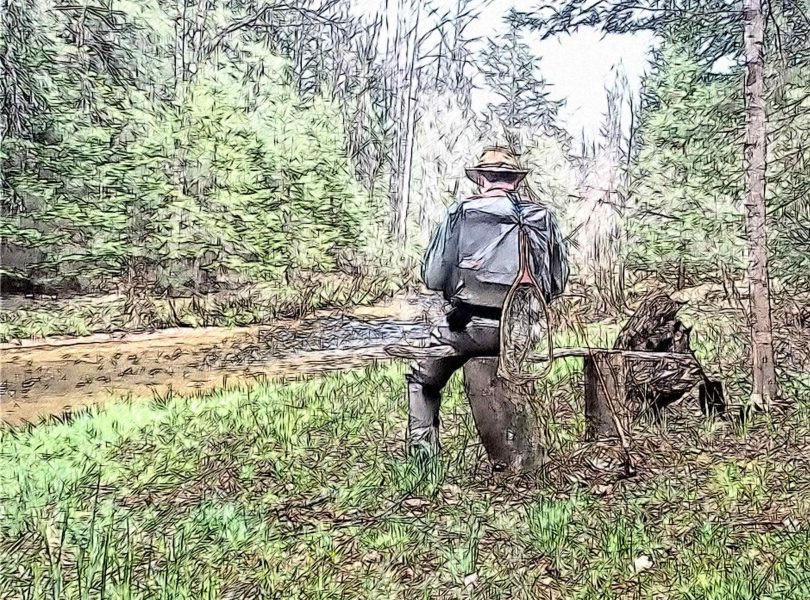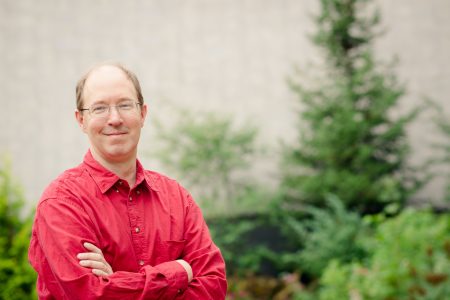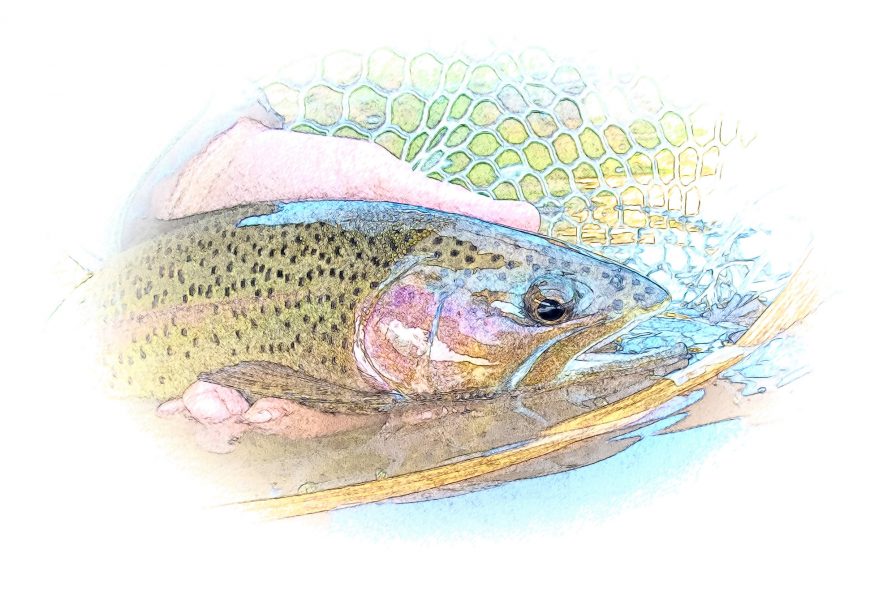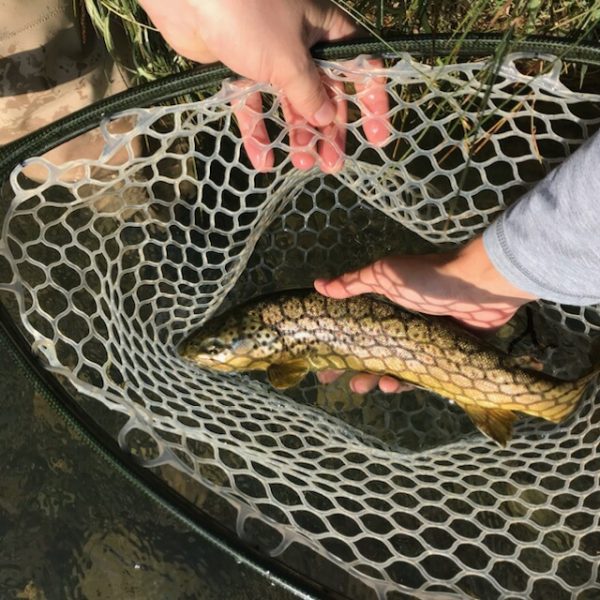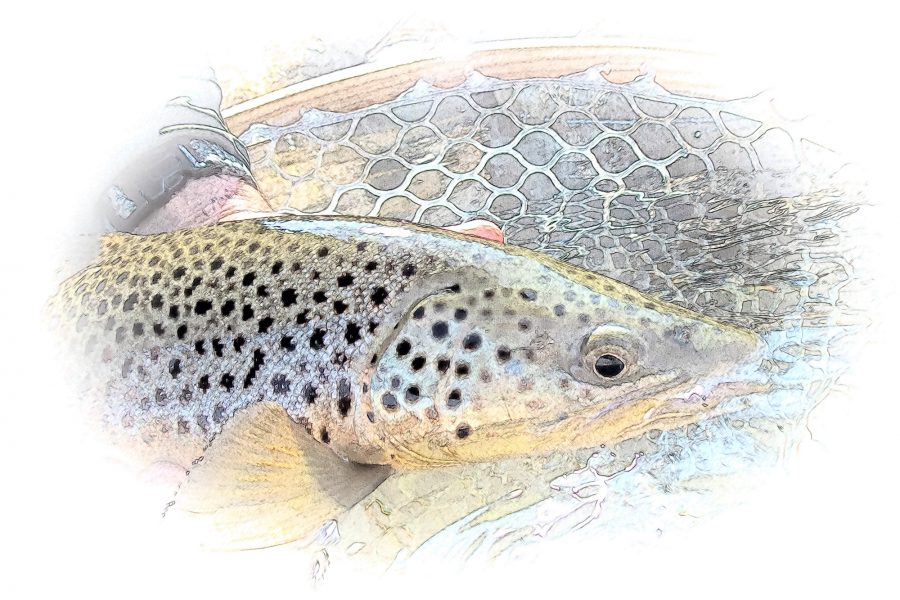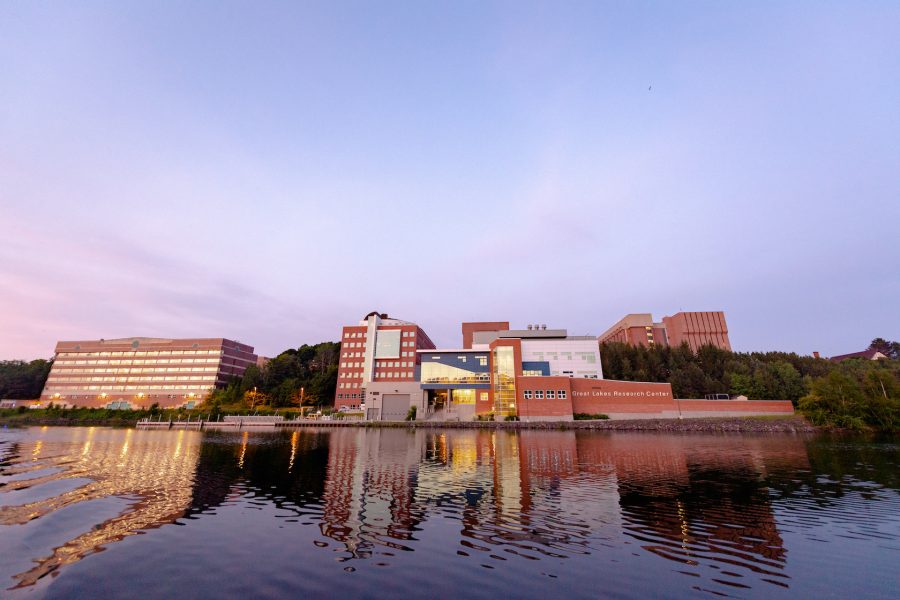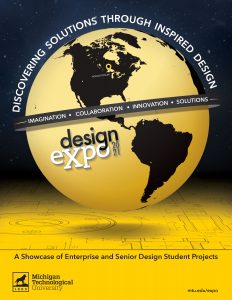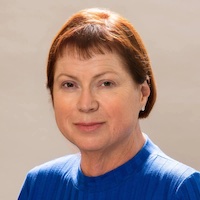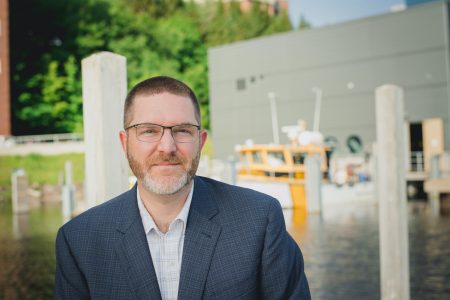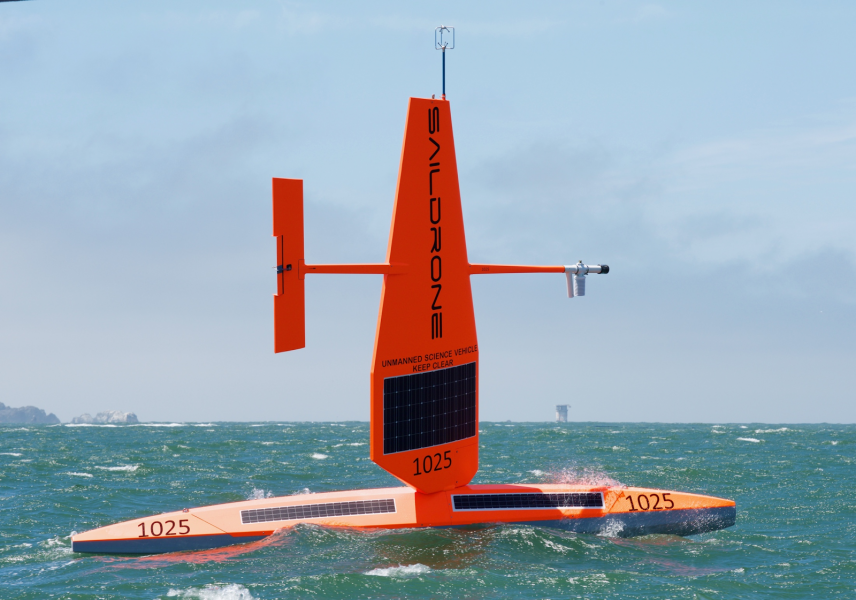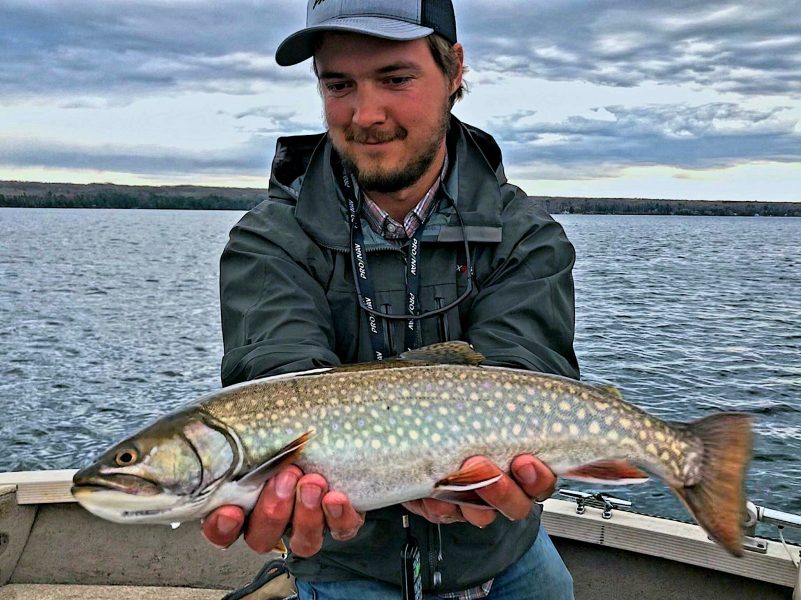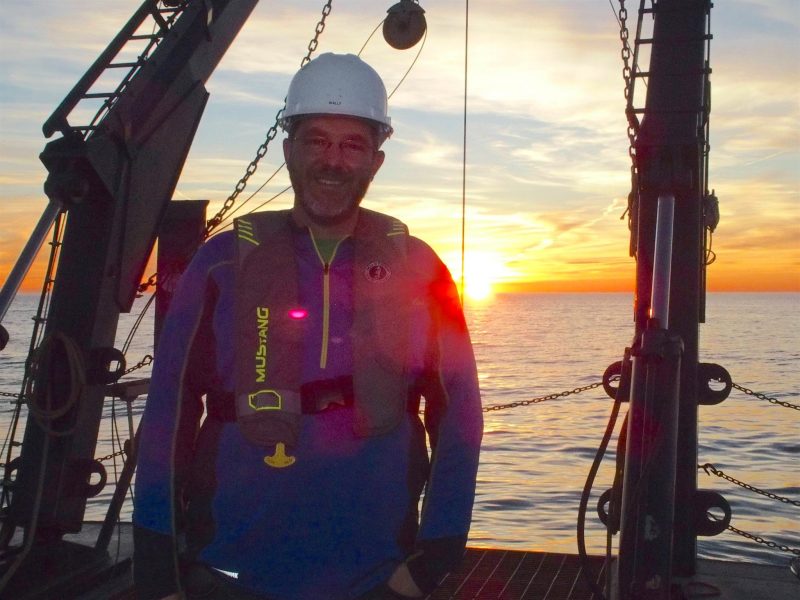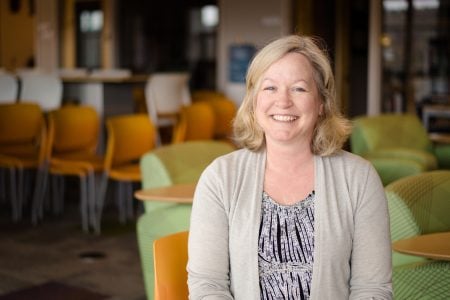
The College of Engineering at Michigan Technological University is pleased to announce that Mary Raber has accepted the position of chair of the Department of Engineering Fundamentals, beginning July 1, 2021.
“I am delighted that Dr. Raber will be chair of Engineering Fundamentals and I look forward to her joining the leadership team of the College,” states Dean Janet Callahan. “Her experience with design thinking, innovation and the principles of lean together inform her approach to solving problems. Dr. Raber’s industry background is an additional asset. Her experience will help us strongly align the engineering foundational first year with what we prepare our engineering graduates to accomplish.”
After a 14-year career in the automotive industry, Raber joined Michigan Tech in 1999 to lead the implementation and growth of the highly distinctive undergraduate Enterprise Program. She helped found the Pavlis Honors College, where she facilitated learning in leadership, human-centered design, and lean start-up and most recently served as assistant dean for academic programs.
A design-thinking and innovation enthusiast, Raber loves to help others embrace the tools and mindsets of innovation to effect positive change. She serves as co-director of Husky Innovate, Michigan Tech’s resource hub for innovation and entrepreneurship, and she leads IDEAhub, Michigan Tech’s collaborative working group for educational innovation, as its Chief Doing Officer.
Raber earned a BS in Mechanical Engineering from The University of Michigan and an MBA from Wayne State University. Her PhD in Mechanical Engineering was earned at Michigan Tech, with a focus on engineering education.
What first brought you to Michigan Tech?
In part, it was a decision to move back to the area to be closer to family, but the timing couldn’t have been better, as the innovative Enterprise Program had just received NSF funding and Michigan Tech needed someone to get the program up and running. It was a perfect fit for my interests and background, and with a lot of support from our industry partners who immediately saw the benefits of the program we have been able to grow it into the award-winning educational experience it is today. That experience set me on a path of educational innovation and curricular program development focused on experiential learning through high-impact practices. It’s a passion that continues today through my work with IDEAhub and the Pavlis Honors College. I look forward to bringing these experiences with me to the Department of Engineering Fundamentals.
What do you enjoy most about your research and teaching?
My interests lie at the intersection of innovation, education and learning. The connections between these three can bring about transformational change to the learning experience, and better prepare students to fulfill their personal and professional goals. Teaching allows me the opportunity to connect with students and build empathy for their challenges and hopes. In turn, these insights can lead to innovations in the classroom, so that courses and programs are designed with the needs of the students in mind.
What are you hoping to accomplish as chair?
I look forward to working with, and learning from, the Engineering Fundamentals team, and to help continue their tradition of educational innovation. We share many of the same passions for student success with a goal to strengthen and enhance the role of the first-year engineering learning experience in order to best prepare students to meet the needs of the 21st Century.
As a key partner in delivering the strategic mission and vision of the College and University, the Engineering Fundamentals team plays an essential role in helping students transition into their college life. It will be a privilege to work with the team that helps students begin their path toward successful careers in engineering.



